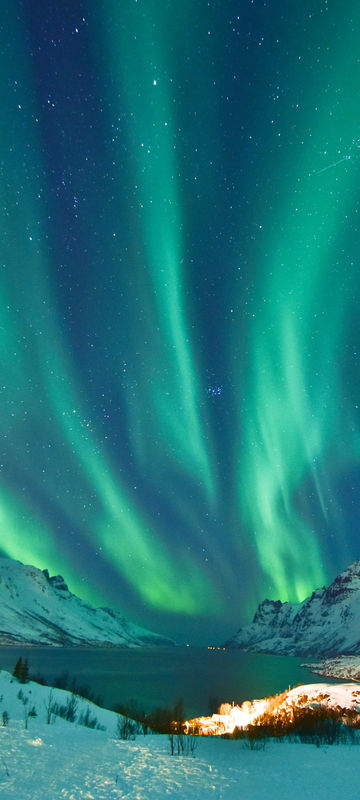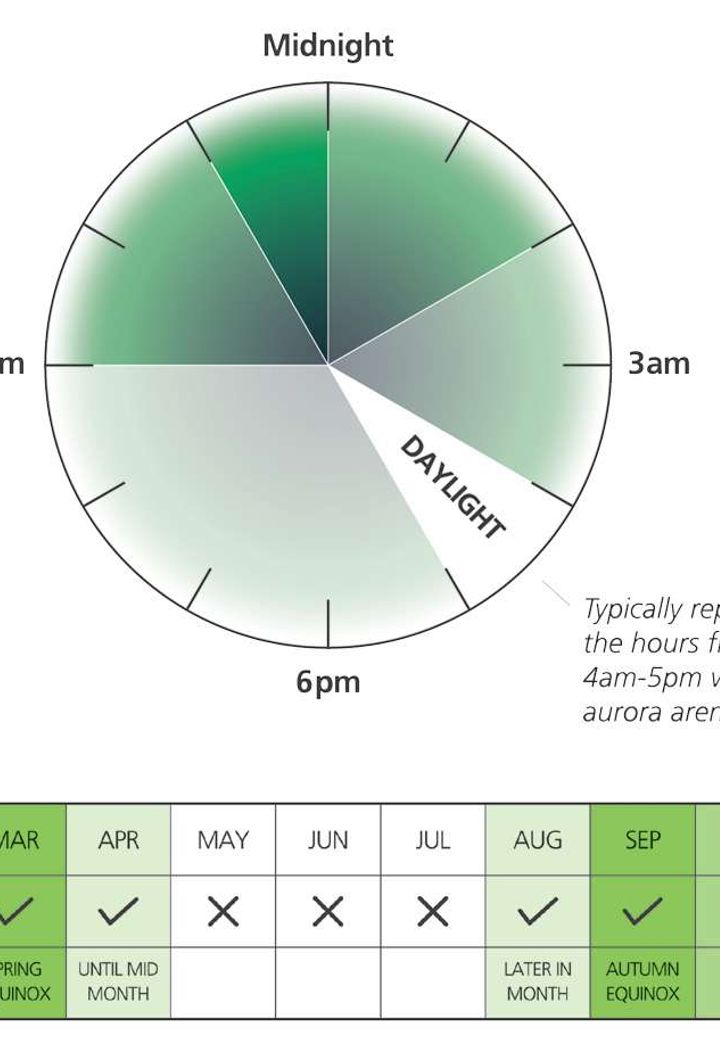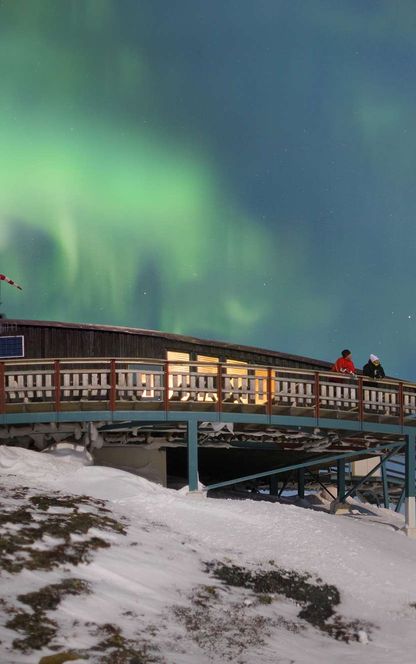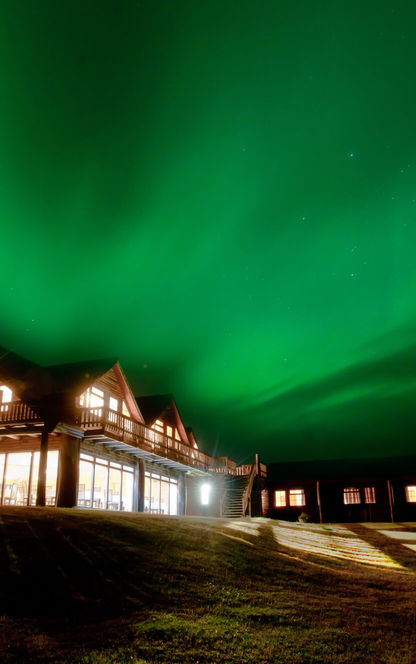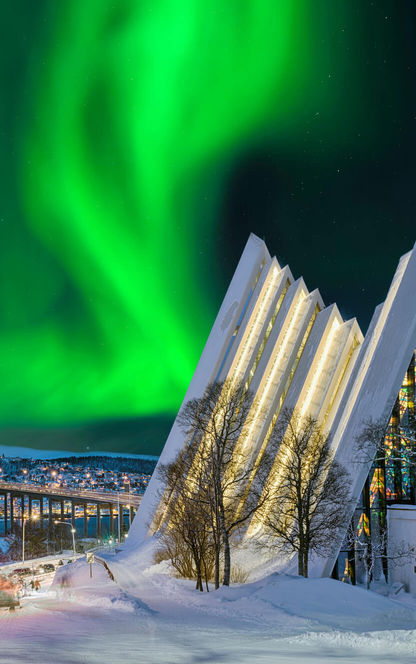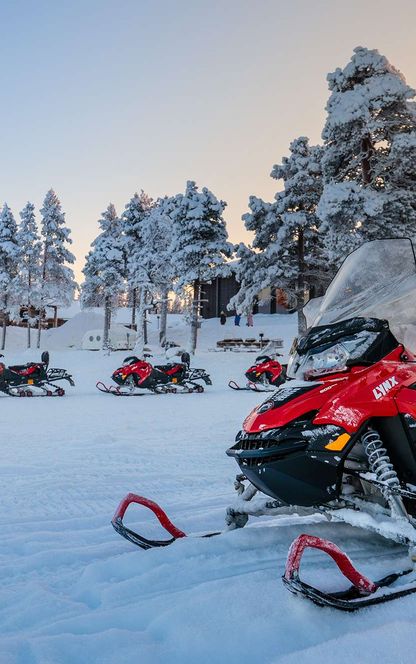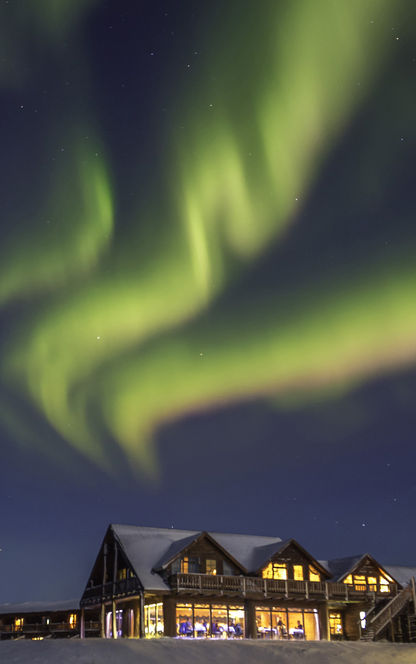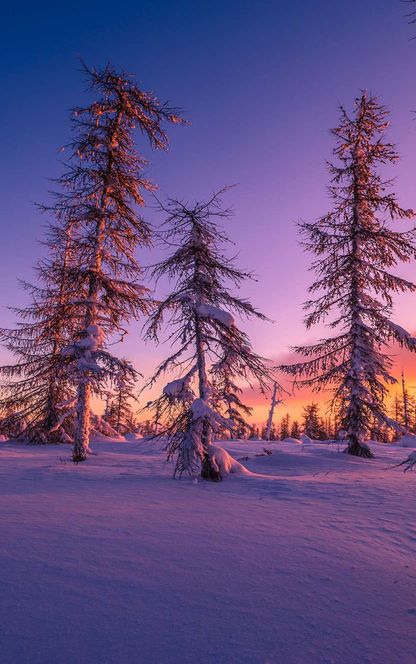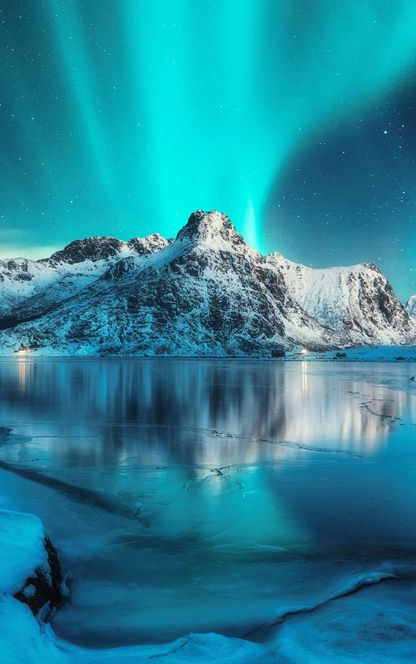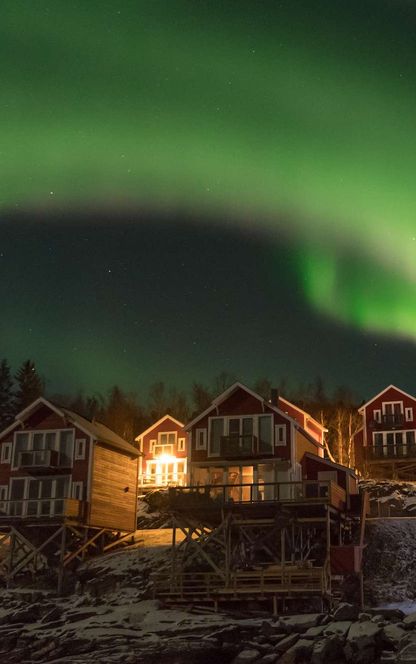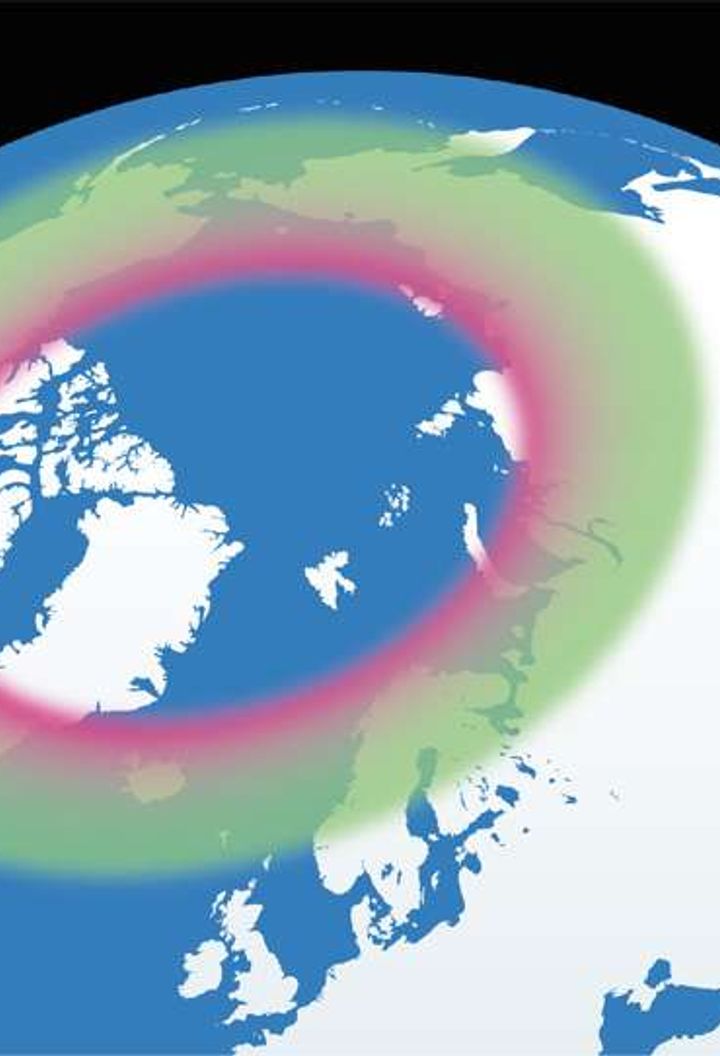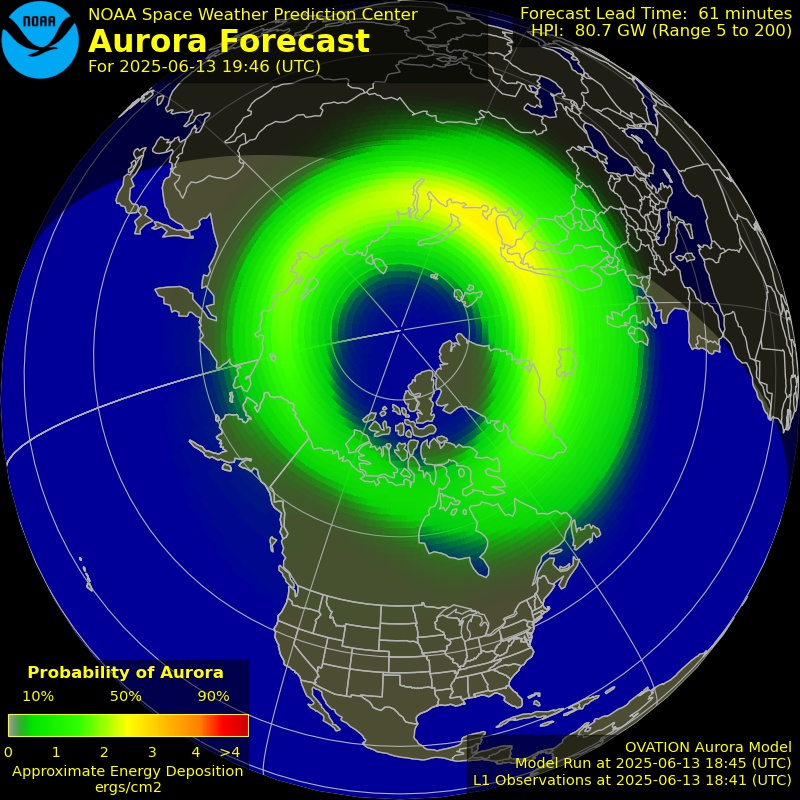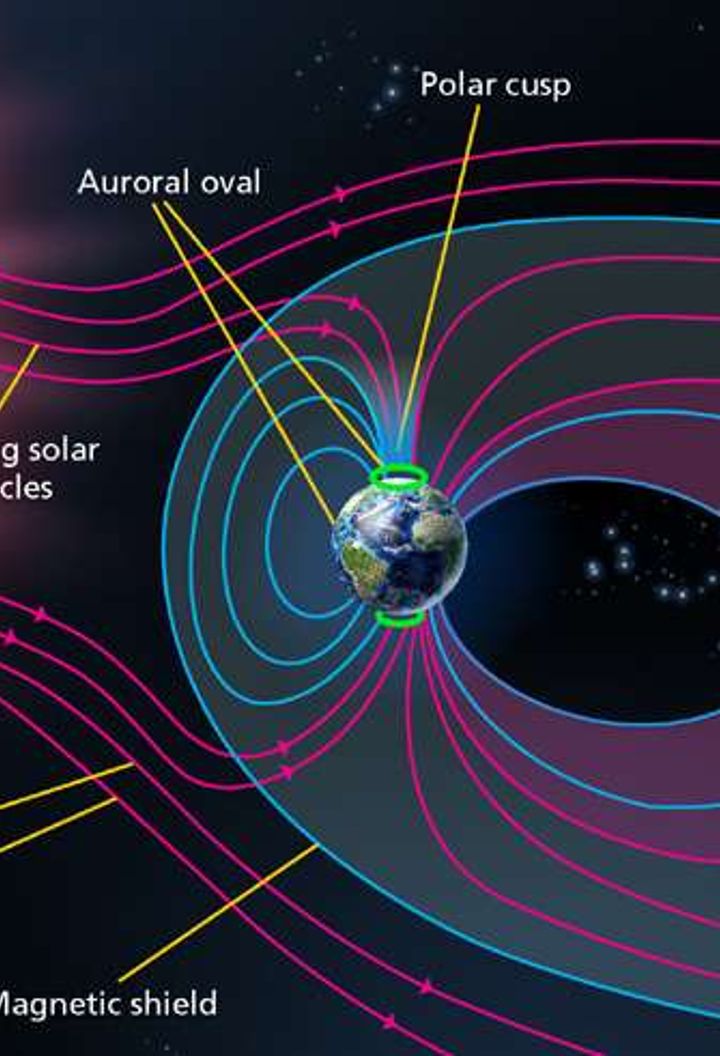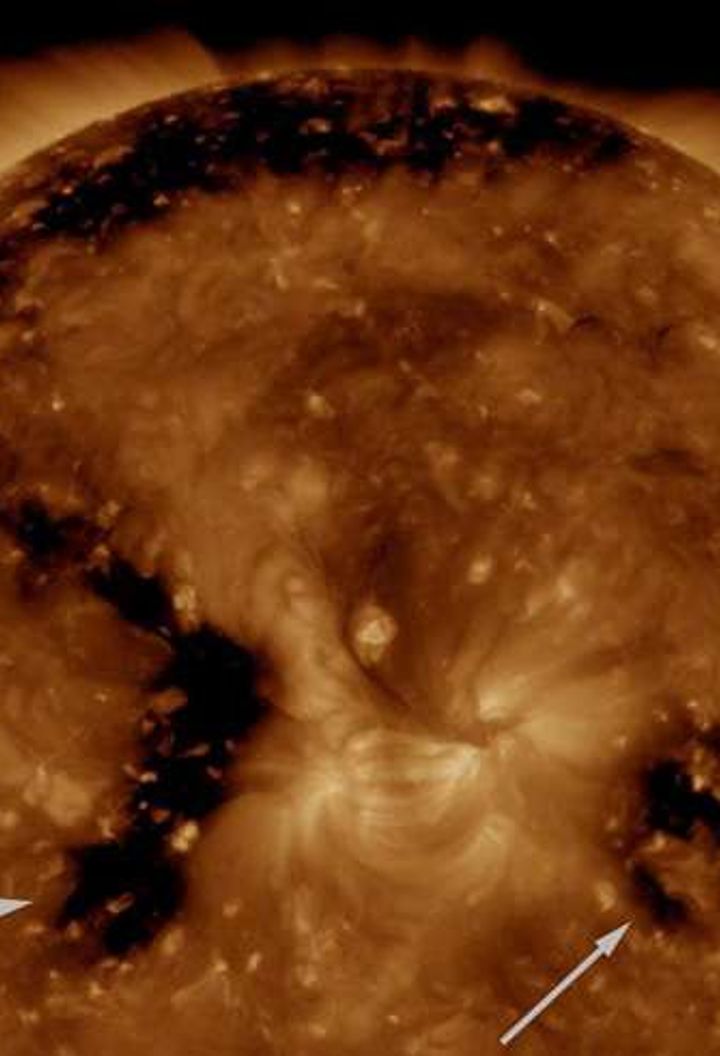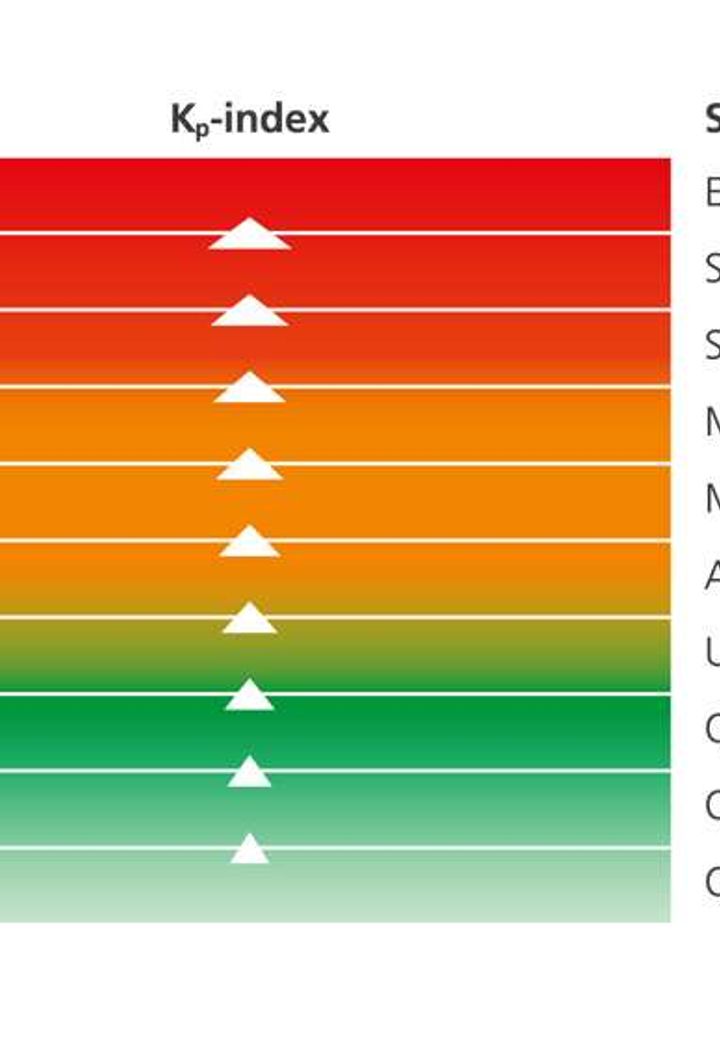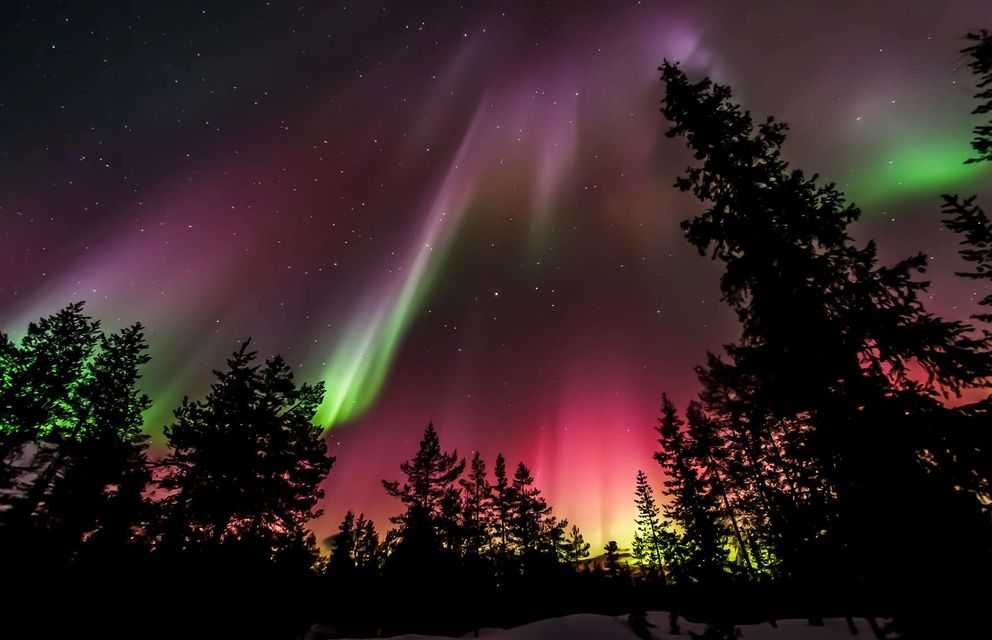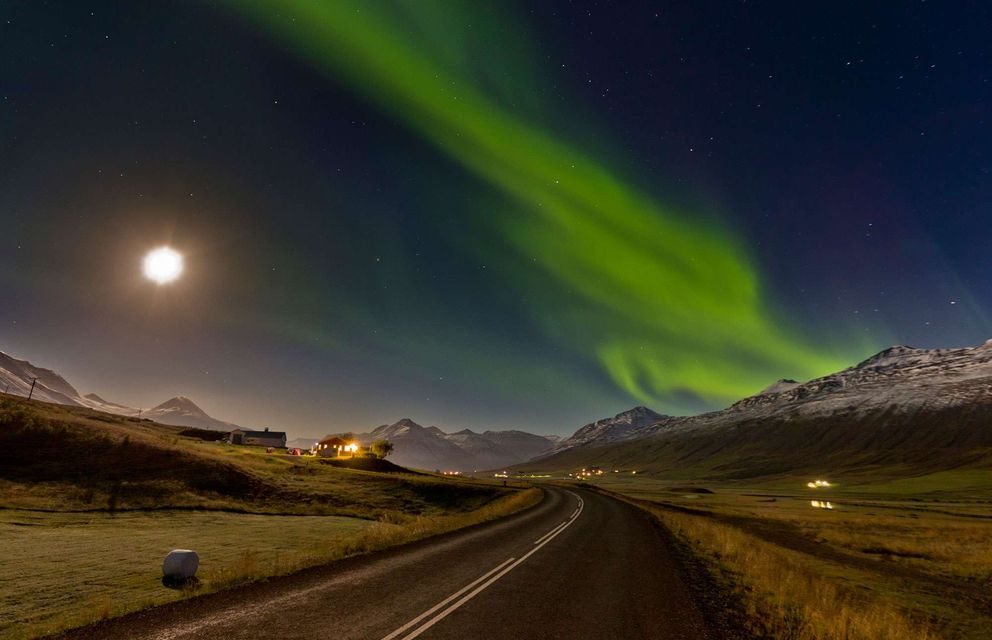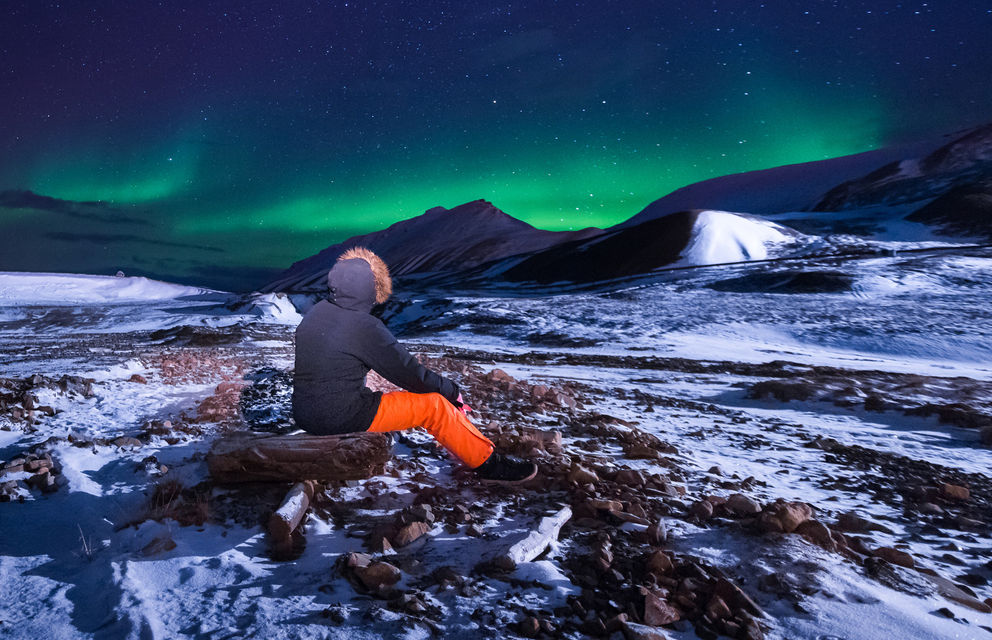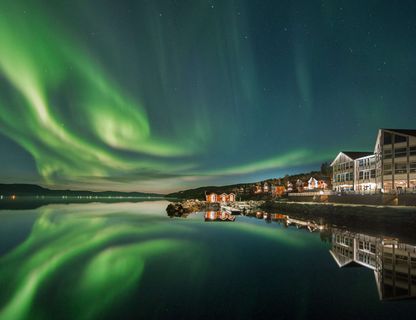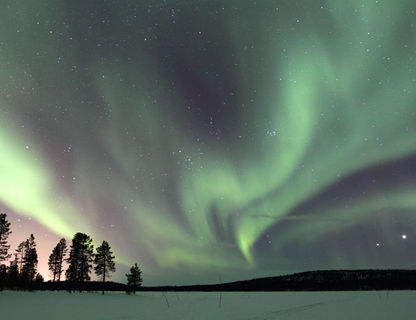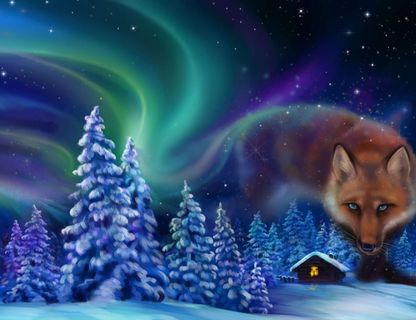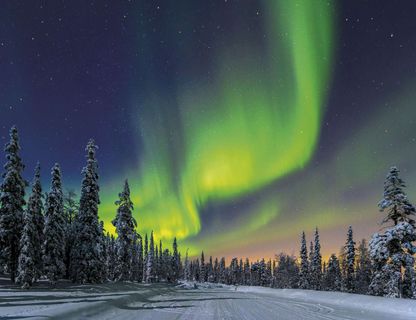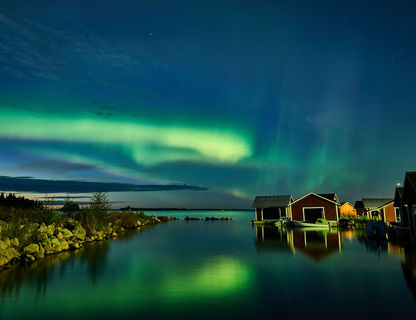When is the best time of year to see the northern lights?
The aurora borealis are potentially visible under dark skies from late August to mid-April preferably under a clear, cloudless sky. While they occur year round they are weaker than sunlight and therefore sightings aren’t possible from May to July and for most of August.
- Spring and autumn generally provide more stable weather conditions and milder temperatures plus there is greater aurora activity around the equinoxes.
- November through to February offer the darkest skies and longer evenings for maximum sky-gazing.
- The strongest lights tend to appear between 9pm and 2am, though the best sightings often occur between 11pm and midnight.
- Between 4am and 5pm there is generally too much daylight to see the aurora – exceptions are the darkest months of the year and higher latitudes such Svalbard, where it is dark 24/7 from mid-Nov to end of Jan.
























